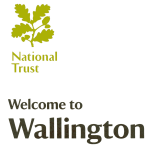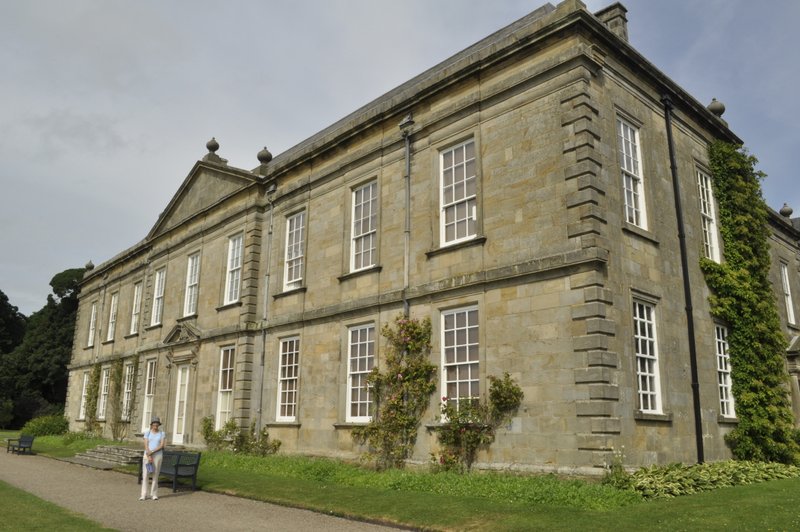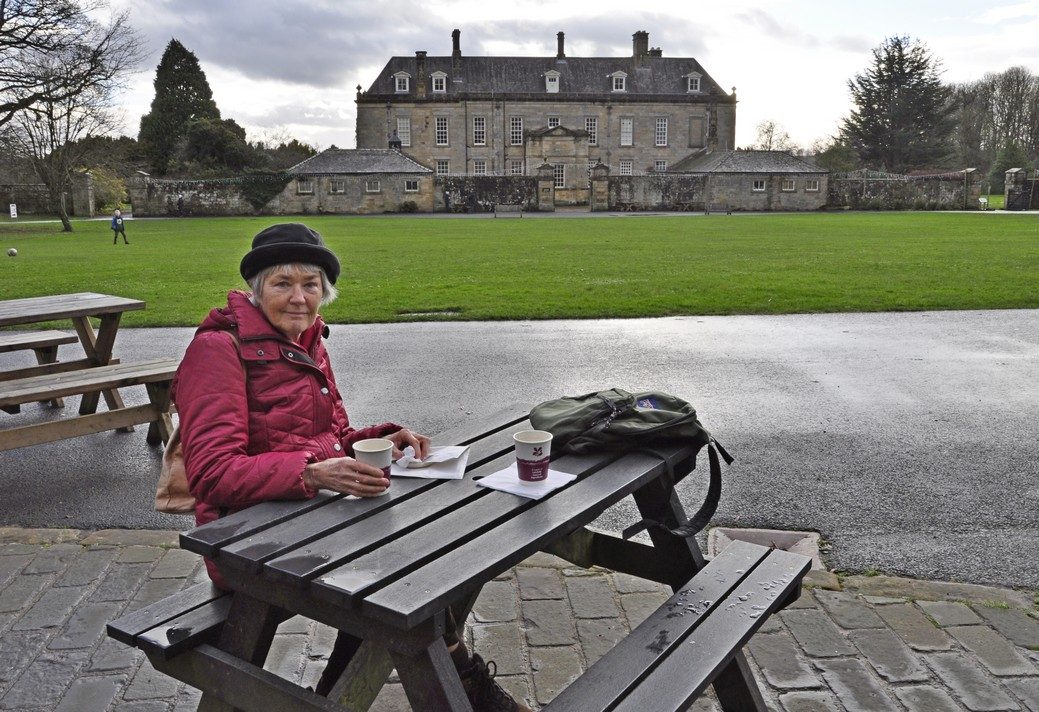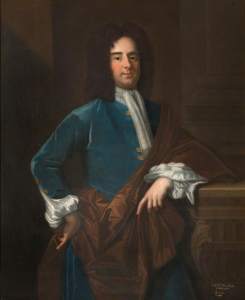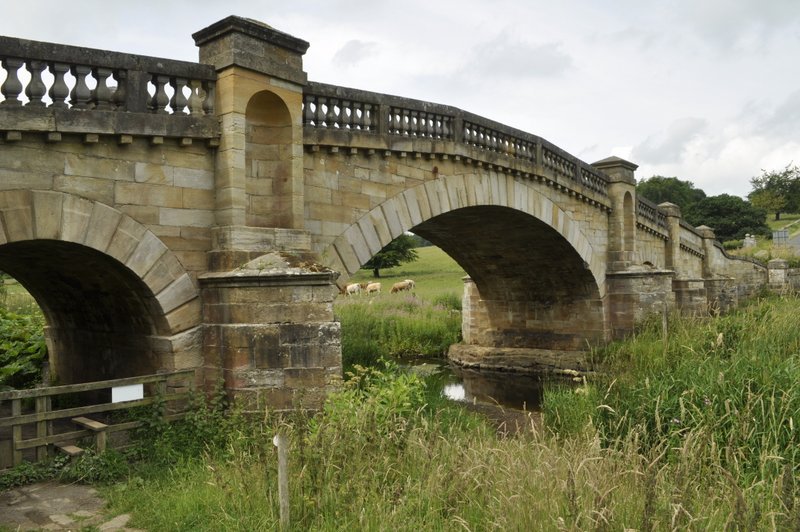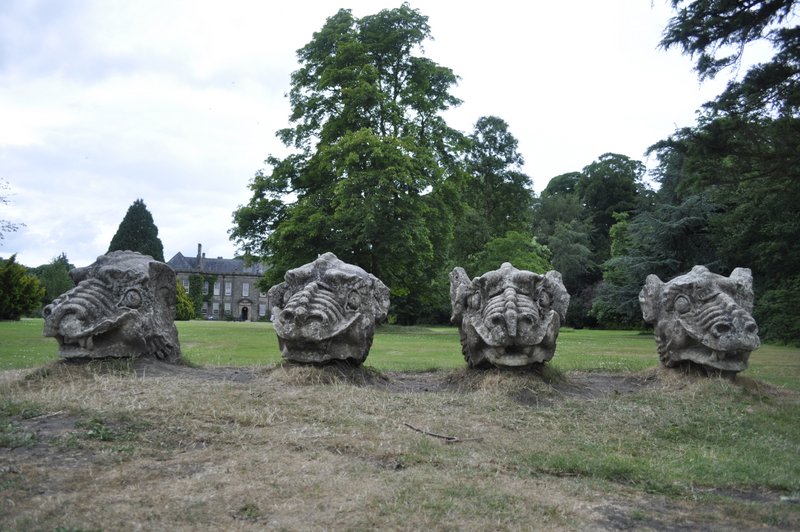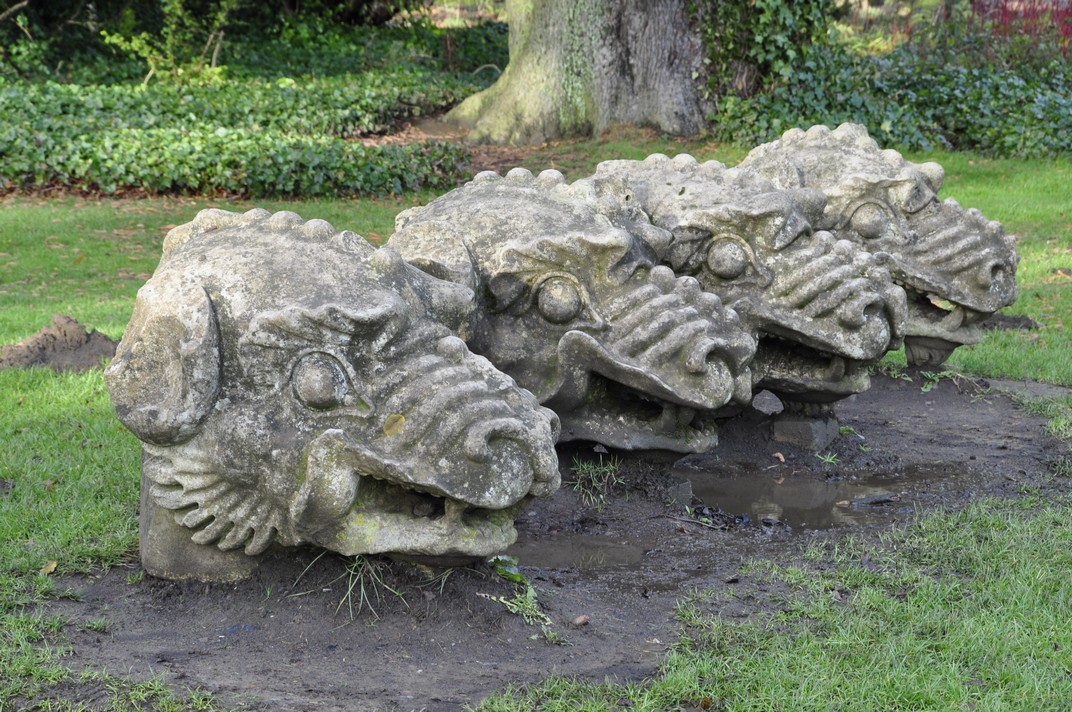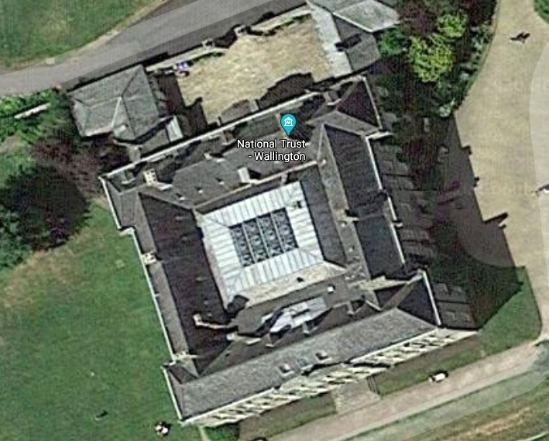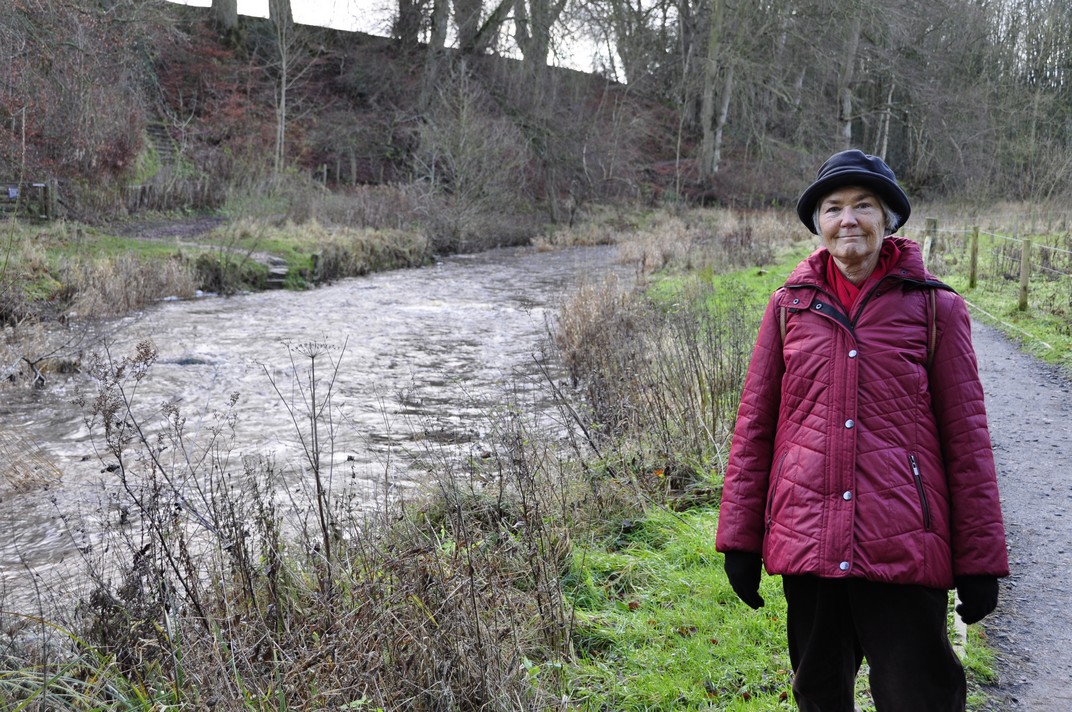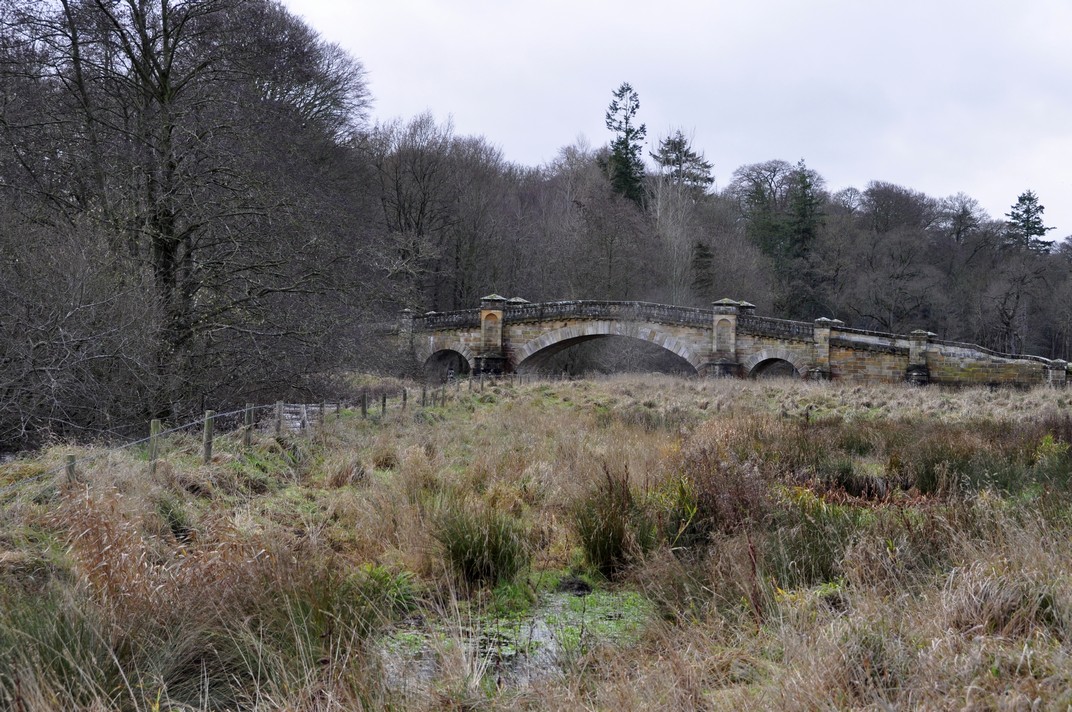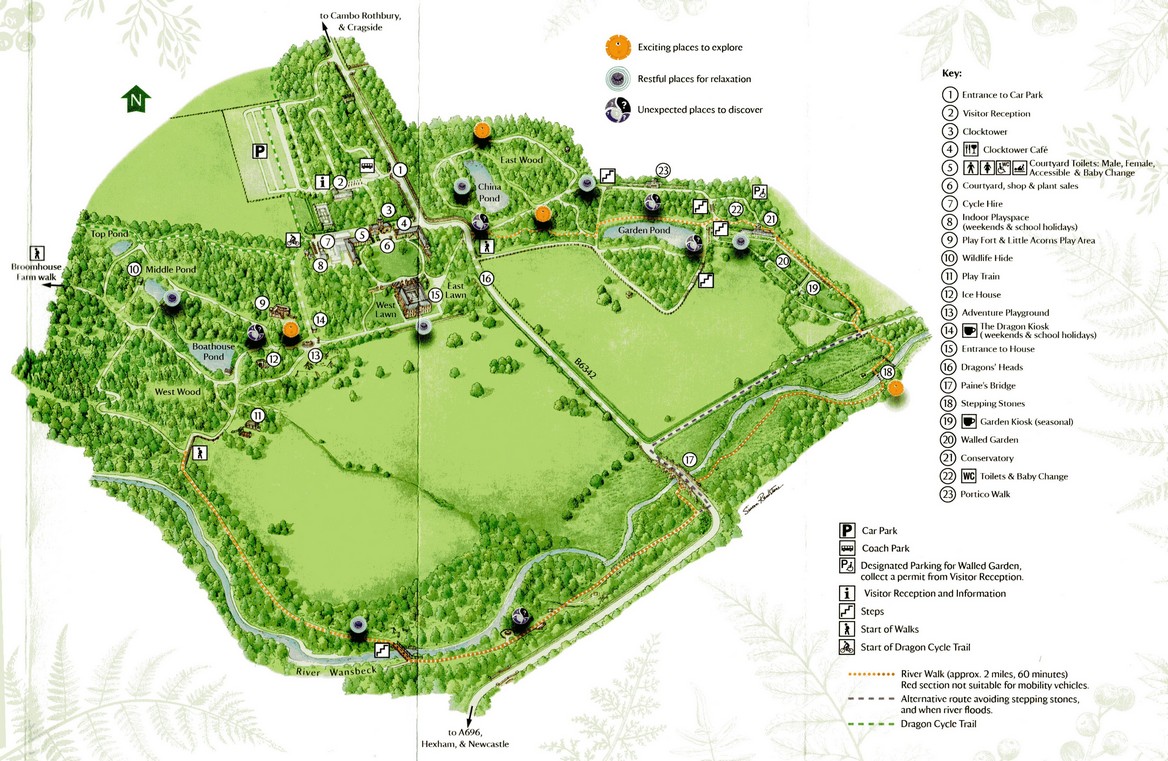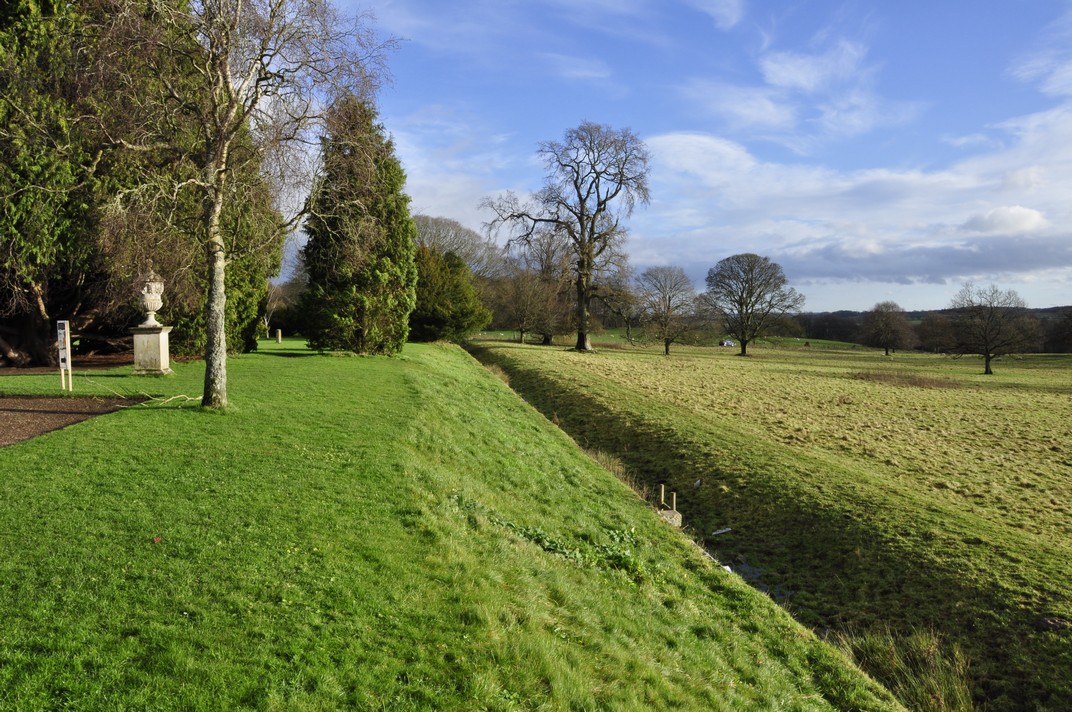Over the past 12 months I have been afflicted by a bad back that has also affected my legs and mobility (finally—after an MRI scan last August—diagnosed as spinal stenosis). Consequently, I’ve not been walking quite as regularly as I used to. Well, not as far on each walk as I had enjoyed up until about March last year, and I’m still using a stick for support.
However, with medication and exercises, my condition has improved thank goodness, and I enjoy getting out and about again, trying for about 2 miles each time. But, when I’m feeling up to it, and the weather looks promising, it’s always a pleasure to enjoy a longer walk.
And that’s precisely why Steph and I headed out into Northumberland last Monday to the National Trust’s Wallington, just under 23 miles northwest from home, a drive of around 40 minutes depending on route and traffic. Even though the temperature was only around 6°C, it was bright and sunny, a gentle breeze, and there was some early Spring warmth in the sunshine.

Leaving home around 09:45, we arrived at Wallington before 10:30 and headed immediately to the café for a welcome cup of Americano. It was our intention to complete the River Walk through the grounds of Wallington (around 45 hectares or 111 acres) and along the upper reaches of the River Wansbeck (which rises 5 miles or so further west above Sweethope Lough).
The walk around the Wallington estate has been shut temporarily on several occasions in the past few years. Intense named storms have become a feature of our winters in recent years, and have brought down trees. The National Trust had to close paths until the fallen timber could be made safe.
The stepping stones over the Wansbeck were closed as one of the stones had been washed away, so we had to by-pass that section of the walk. The last time we tried to take the River Walk (in December 2020) we couldn’t cross because the river was in spate.
The walk was a little over three miles. Click on the special symbols in the map to see some of the birds seen at those points on the walk, or other landscape features we came across. And because Monday was such a fine day, I decided to take my binoculars in the hope of seeing some of the birdlife so common through Wallington’s woods and on its ponds.
Quite often I’ll leave my binoculars at home, and regret doing so after we catch sight of something interesting.
 Along the path beside the Garden Pond, there’s a newly installed sculpture of an owl, carved from one of the downed trees, standing in open woodland (mainly of beech) but with lots of understorey bushes.
Along the path beside the Garden Pond, there’s a newly installed sculpture of an owl, carved from one of the downed trees, standing in open woodland (mainly of beech) but with lots of understorey bushes.
I had wondered if—and hoped—we’d see nuthatches (below) scurrying along the branches and picking out insects above our heads,

It’s a bird I’ve seen on only a few occasions, but that particular habitat was just right for nuthatches.
Then, a very small bird alighted on the branch just a few meters in front of me, and in full sunlight. I was fortunate to bring my binoculars to bear on this little bird, and I had a brief view before it flew off.
My immediate reaction was that it was a goldcrest, the smallest bird in the UK. But as it turned its head towards me, and the sun caught the feathers on its head, they appeared a much deeper reddish-orange rather than yellow. And its cheeks seemed whiter than I’d seen in a goldcrest. A firecrest was my next reaction.
I checked my bird books and online photographs when we arrived home. Although it seems that firecrests are quite uncommon in Northumberland, I’m now convinced—more than ever, and having compared images of a goldcrest and a firecrest side by side—that I saw a firecrest. Here are two images sent to me by my Northamptonshire friend, Barry Boswell (whose beautiful bird images I have used in other blog posts).

Goldcrest (L) and firecrest (R)
On the Garden Pond there was a small group of little grebes or dabchicks, several moorhens, and a flock of about 30 mallard ducks.
 We walked through the walled garden, and enjoyed the crocus lawns at their best on the upper terrace, before heading through the gate that led to the River Walk path.
We walked through the walled garden, and enjoyed the crocus lawns at their best on the upper terrace, before heading through the gate that led to the River Walk path.
As I mentioned, we couldn’t cross the Wansbeck at the Stepping Stones, so had to walk along the road until we came to the fine 18th century hump-backed bridge, and then took the path alongside the river on its southern/western bank. Having left the road, we had a fine view of the bridge behind us.

Given the state of the river, with tranquil stretches interspersed with shallow rapids, I was hopeful that we might see a dipper or two.

And we weren’t disappointed. Just as we approached the footbridge, there was a solitary dipper sitting on a stone in mid-stream, preening itself. And taking no notice of us whatsoever, we had a great view for at least five minutes, before we crossed over the footbridge close by.

On the opposite bank there is an interesting piece of bespoke artwork depicting wolves, Nothing Exists Alone, which you can only appreciate fully from the right angle.

Click on this next image to read the description more easily.
Then we took the path away from the river and climbed towards the thick woodland on the brow of the hill (with a great view of a wren at the side of the path), ending up at the wildlife hide.

Wren
There was a range of bird feeders there, attracting a range of tit species (great, blue, coal, and long-tailed) and some chaffinches.
Making our way back to the house, we saw another nuthatch in one of the large trees, and a pair of beautiful teal ducks on the Middle Pond.

Then, as we were making our way back to the car park, we saw a large flock of chaffinches on the bird feeders close to the entrance drive, one of the largest flocks I’ve seen in a long while.

Of course these weren’t the only birds that caught our attention as we wandered round the River Walk. There were numerous blackbirds and robins, as well as crows and jackdaws in the fields.
But this Wallington walk will be remembered for that flash of reddish-orange early on. I wonder if others have spotted a firecrest there as well?















































 Steph and I joined the
Steph and I joined the 

















































































































